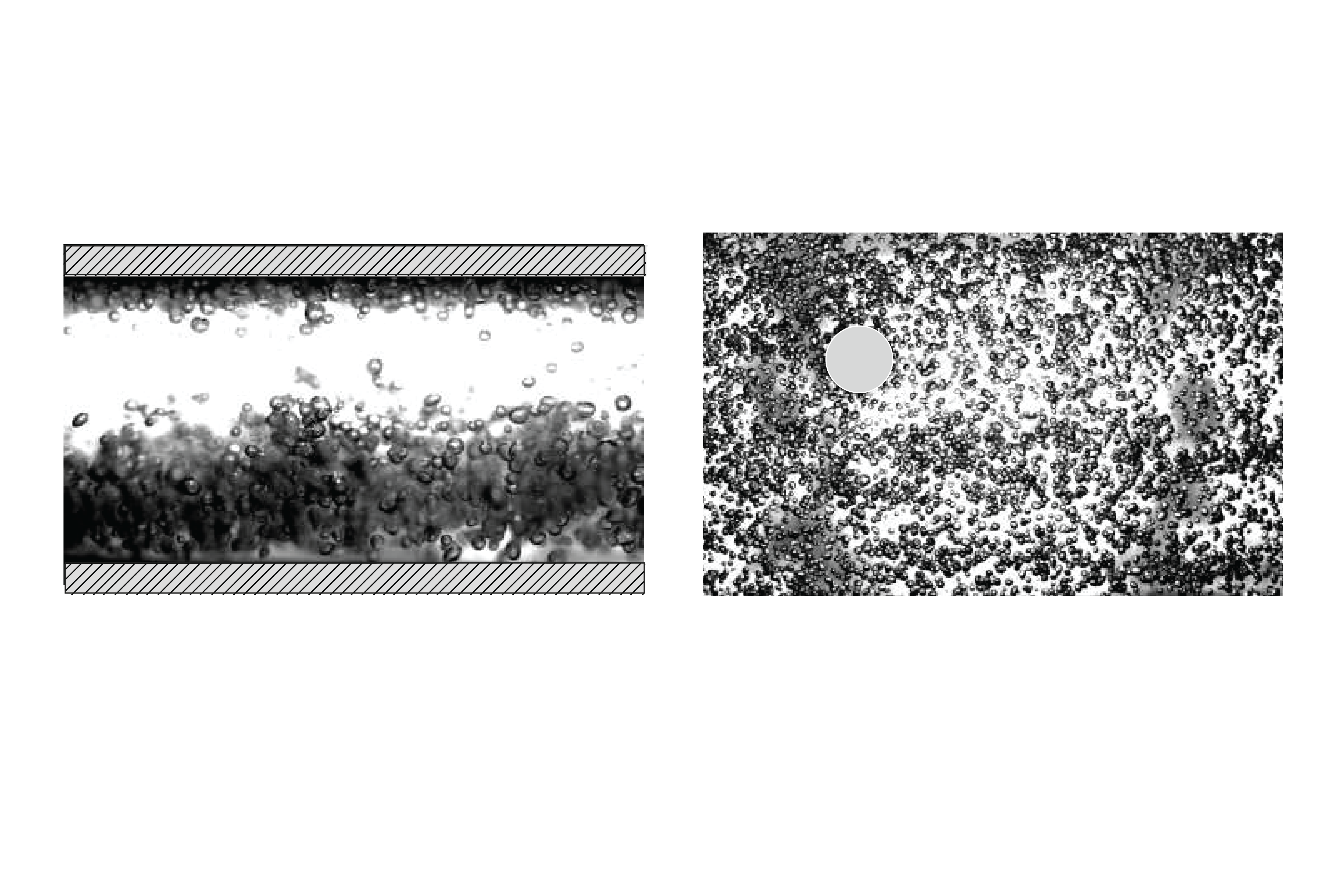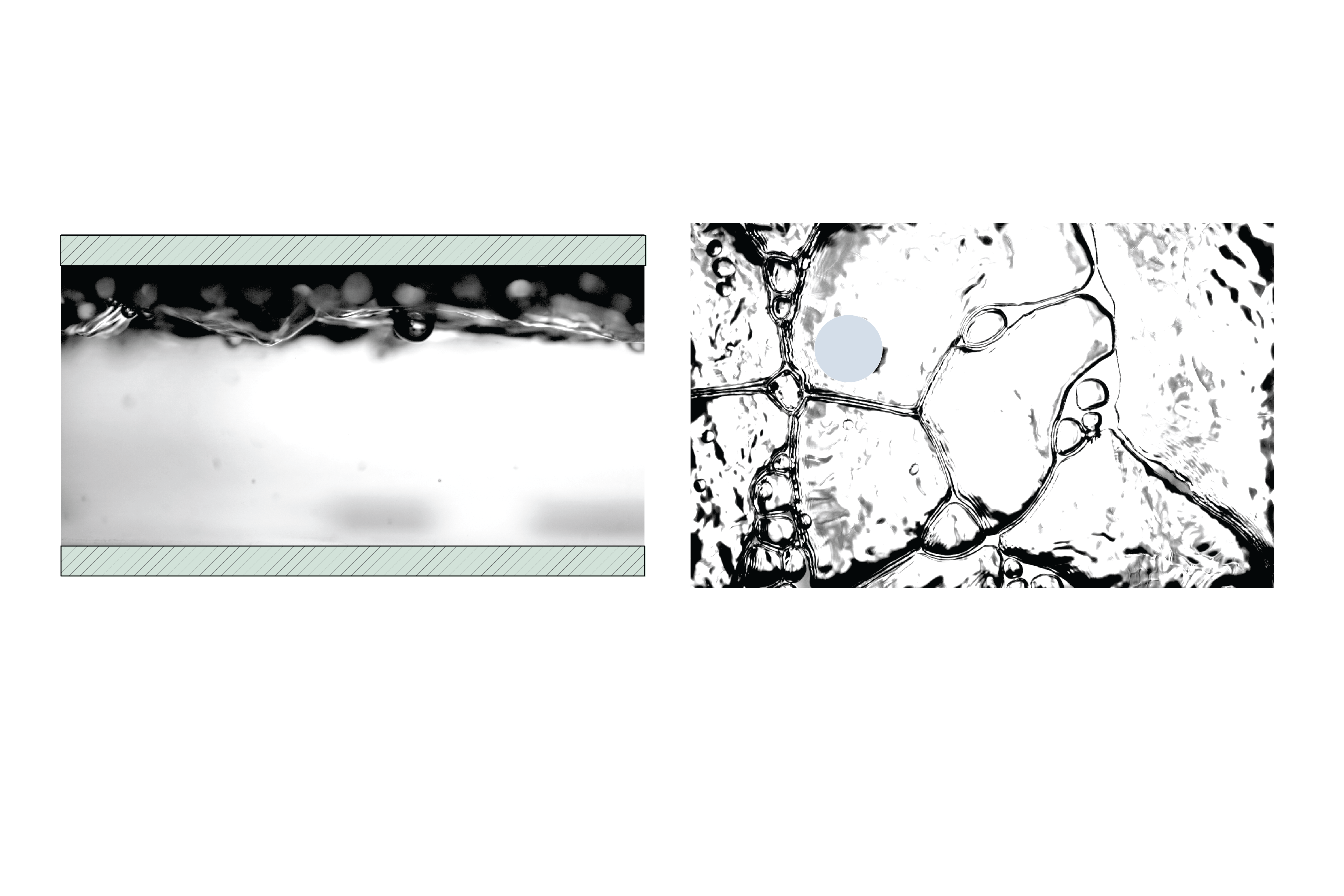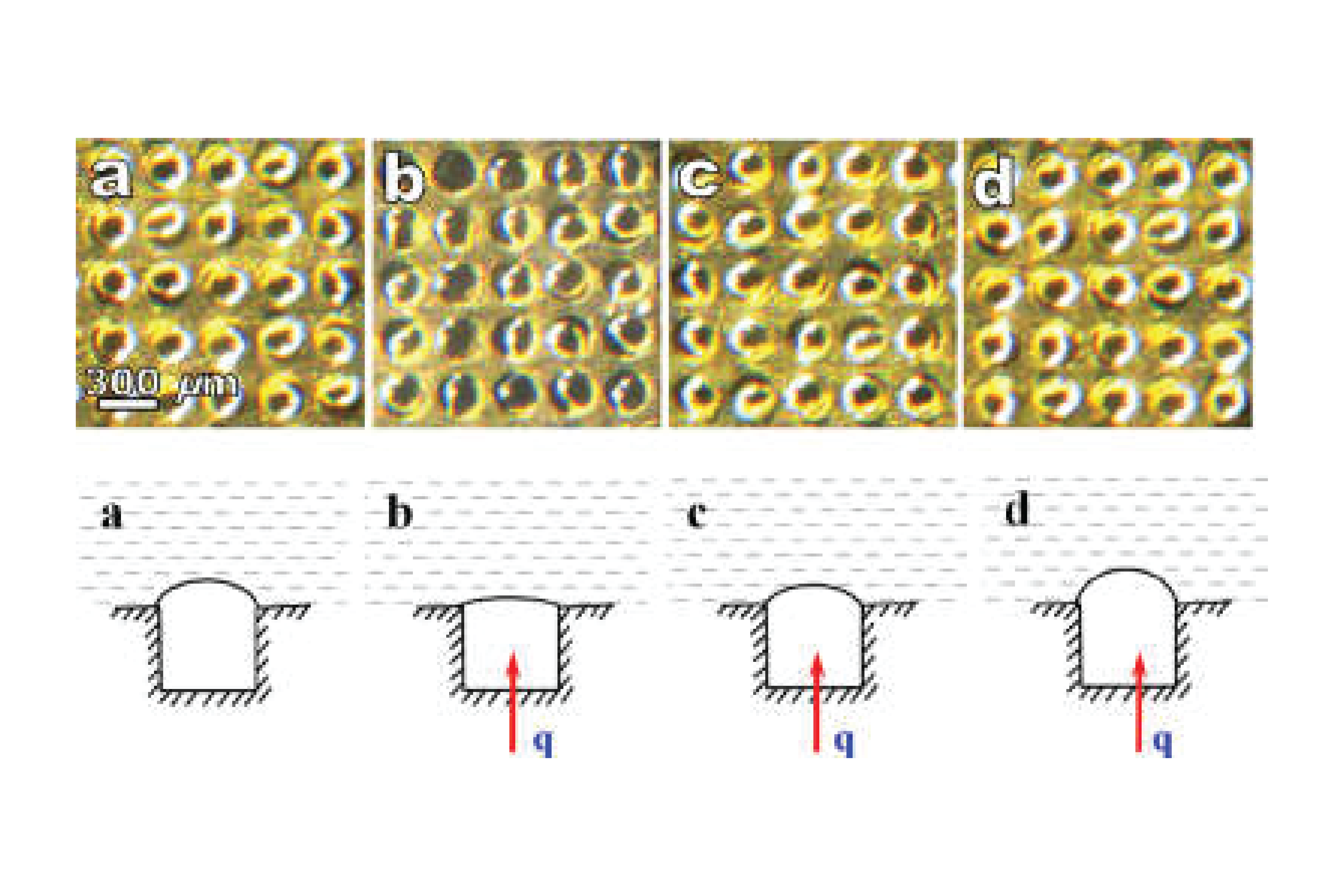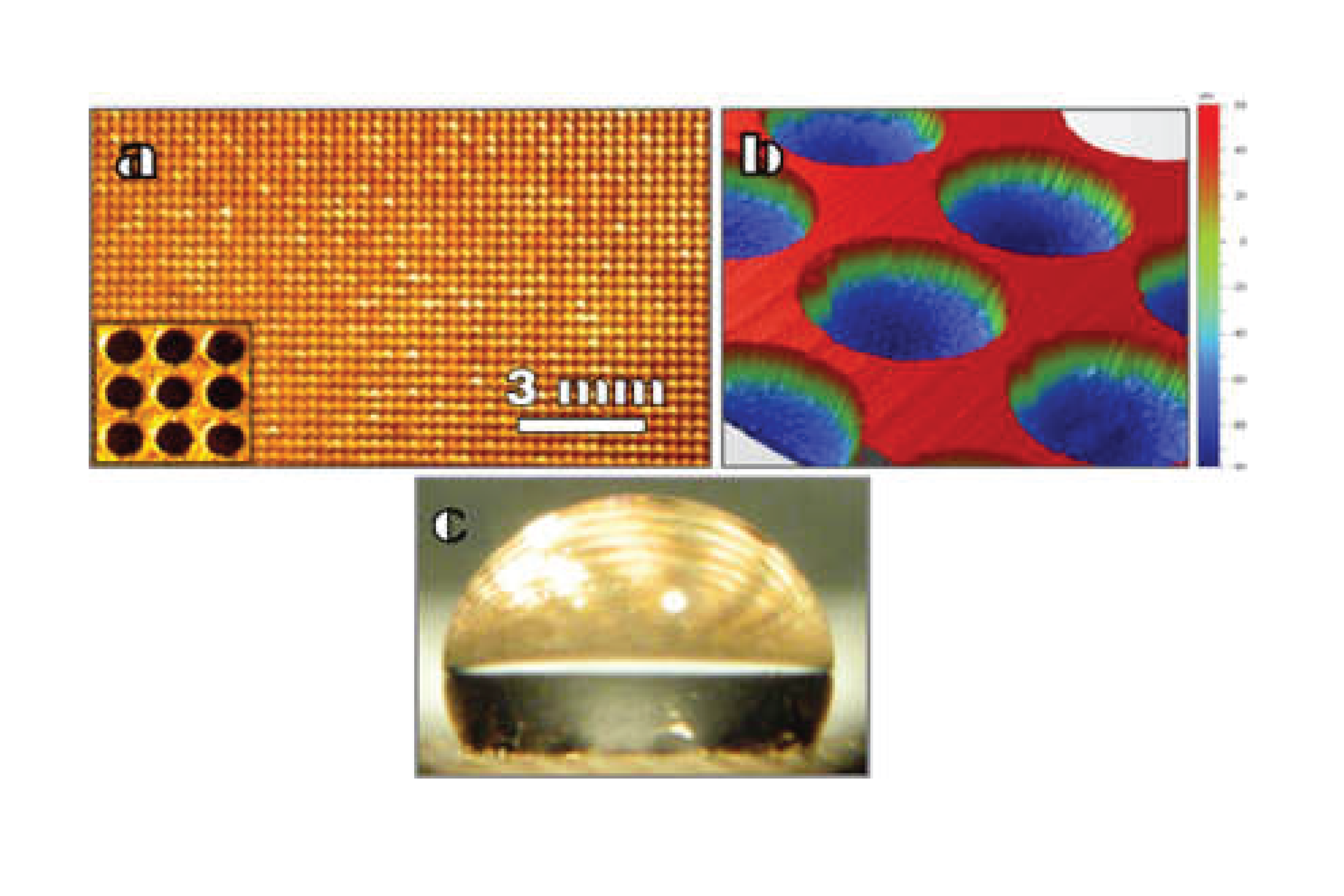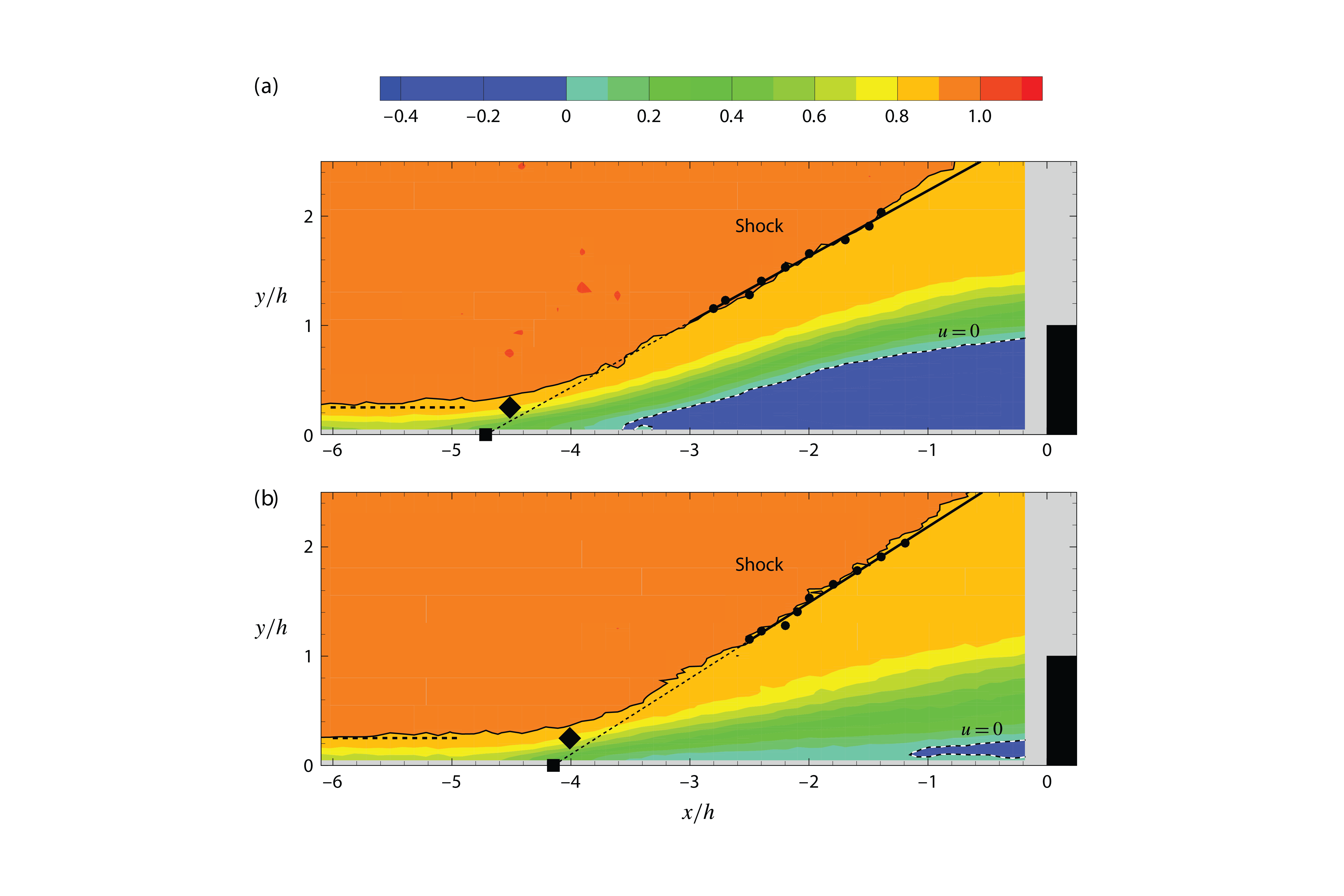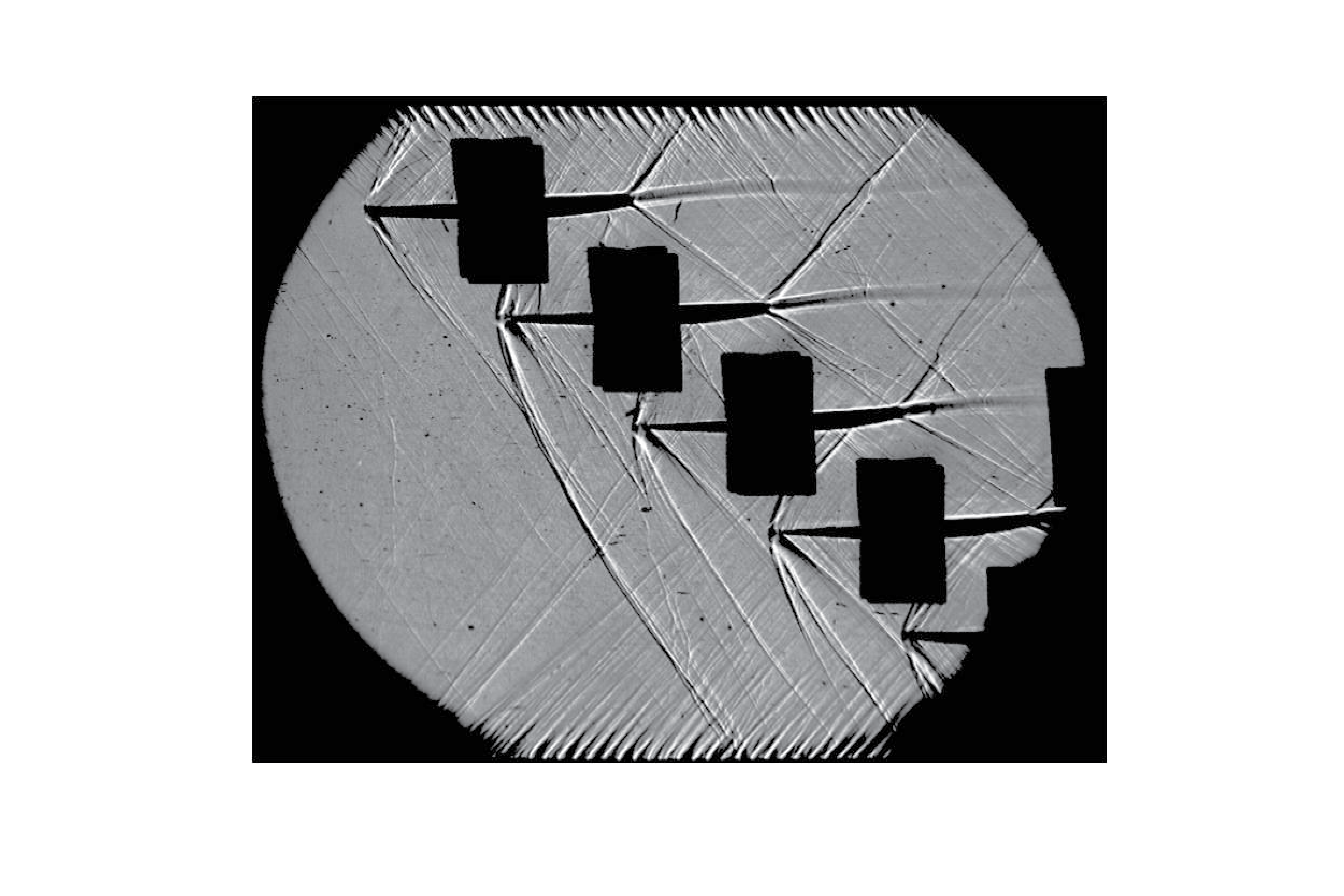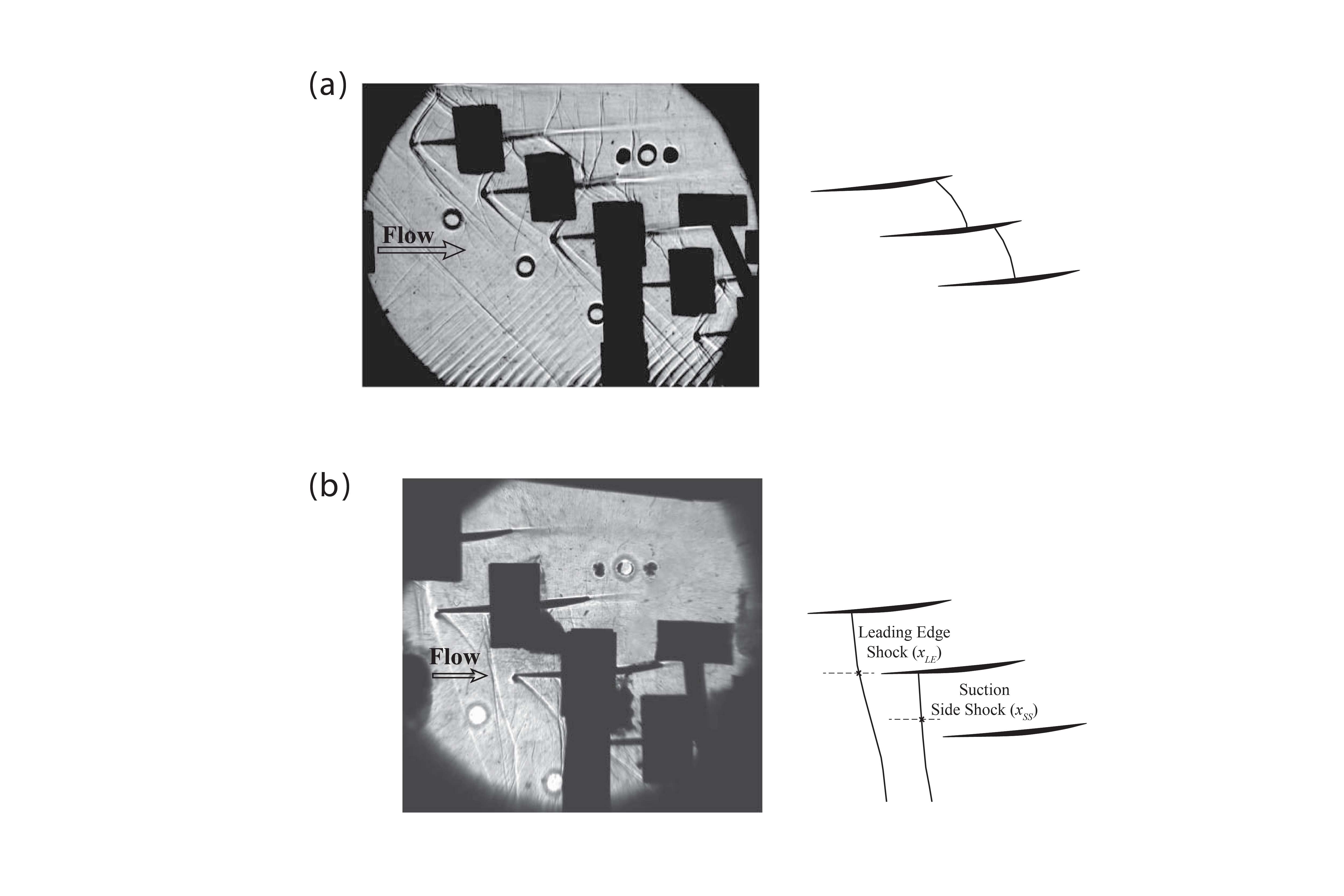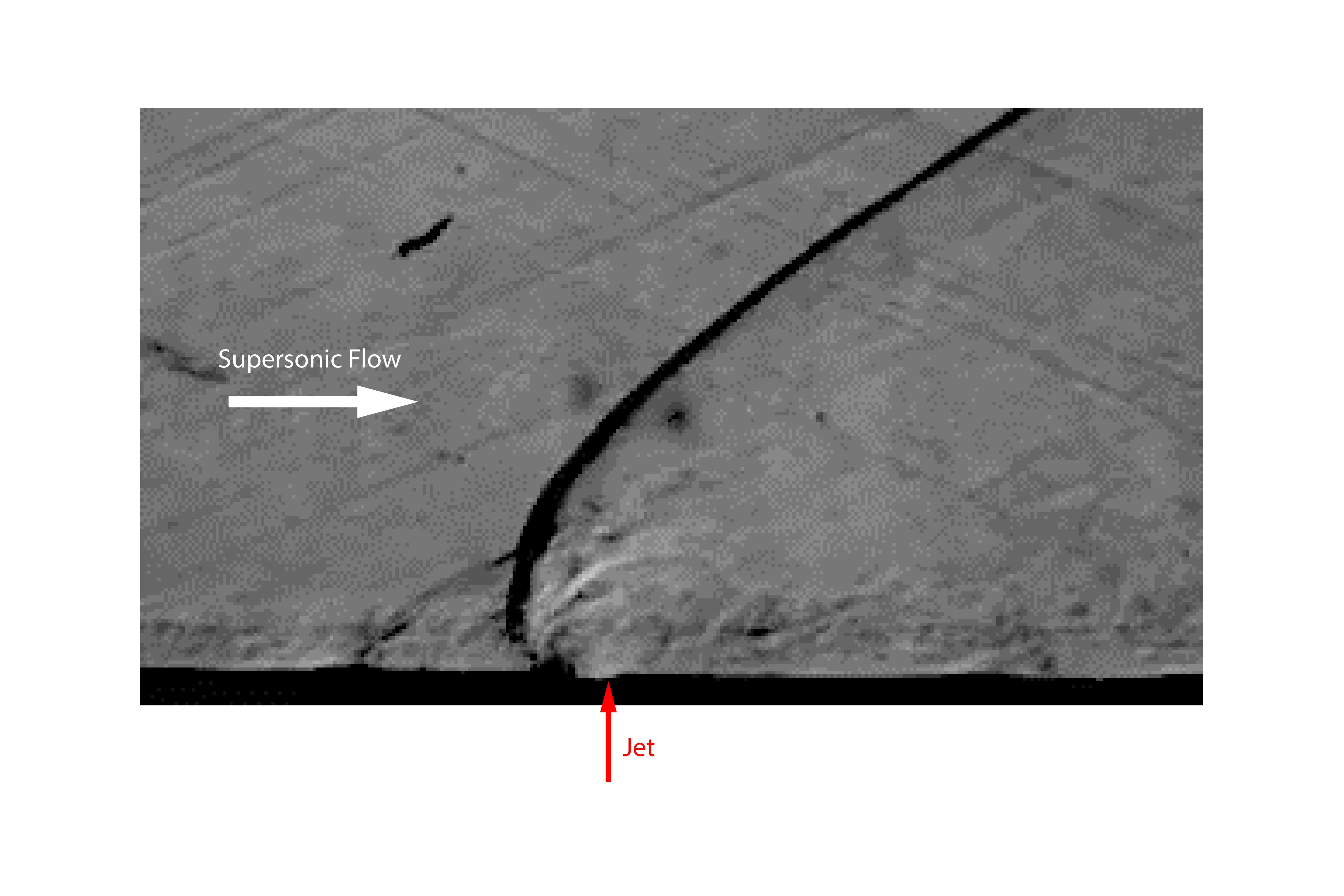Research@FPL
Fluid Structure Interaction
Several problems of engineering interest have strong interactions between the fluid flow around surfaces/bodies, and the motions/deformations of the solid surfaces/bodies. Examples of such problems range from compressor blade flutter of aircraft engines to the gentle flapping of leaves in the wind. In these problems, the strong interactions between the fluid and the solid surfaces can result in rich and interesting dynamics both within the fluid and in the deformations or motions of the solid surfaces. We are exploring a range of such Fluid-Structure Interaction problems in the lab. These include the flapping of flexible foils for the generation of efficient thrust in “robotic fishes”, the unsteady shock induced flutter of compressor blades, stall flutter of single blades or airfoils and the flow through flexible valves. One of the focus areas in FSI within the lab has been on studying the effects of surface flexibility in a few flow configurations motivated by biological systems, whose surfaces (tissues/membranes) are inherently flexible. In this connection, we have studied
the effects of vortex-pair/vortex-ring generation from a flexible exit, motivated by the propulsive action of some aquatic creatures such as the jelly-fish, and heart valves that are composed of flexible membranes.
the forces and wake of an oscillating flexible airfoil motivated by the undulating motions of a “flexible” fish tail to generates propulsive thrust.
the effect of a flexible splitter plate in the wake of cylinder for reducing drag and to suppress noise and vibrations.
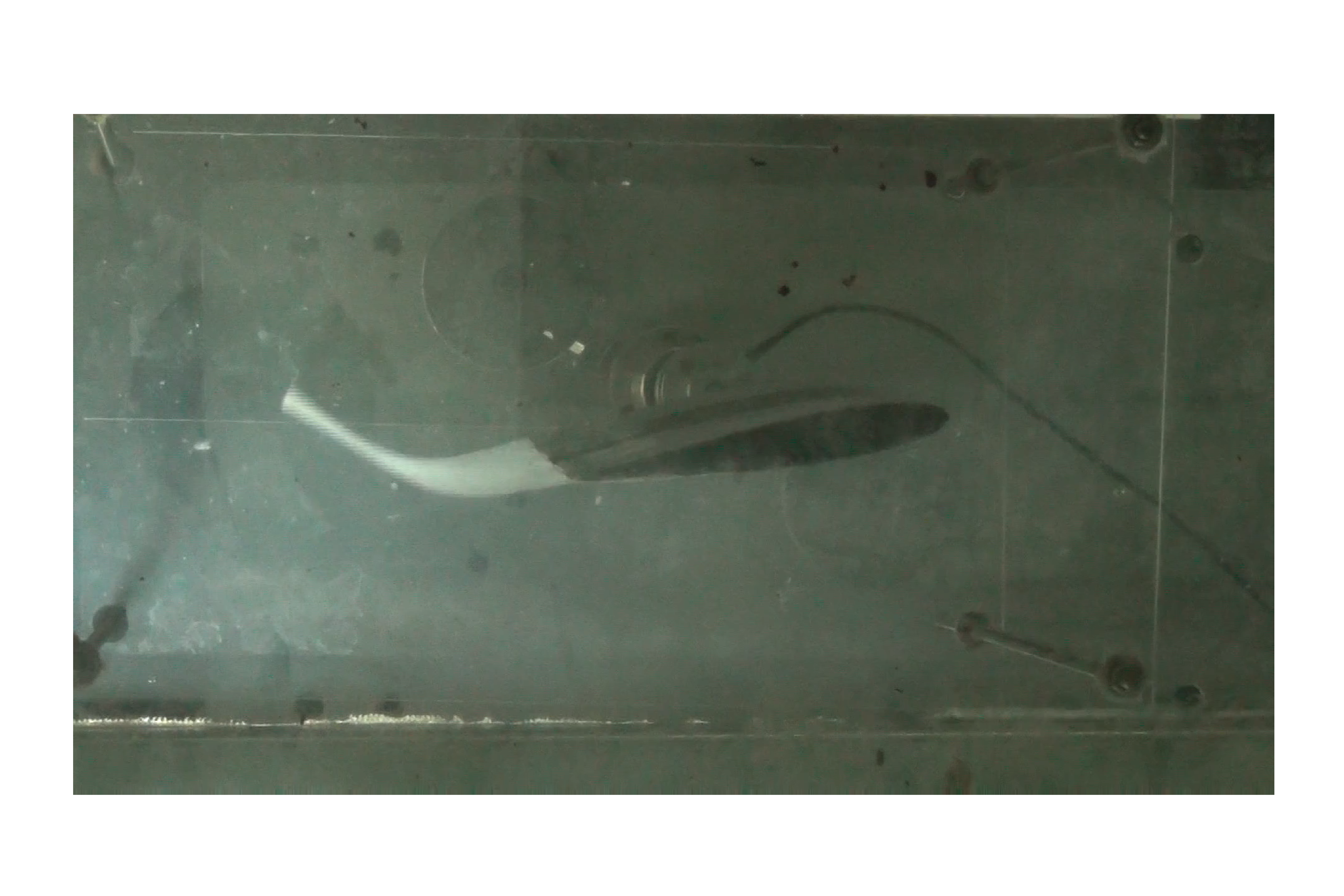
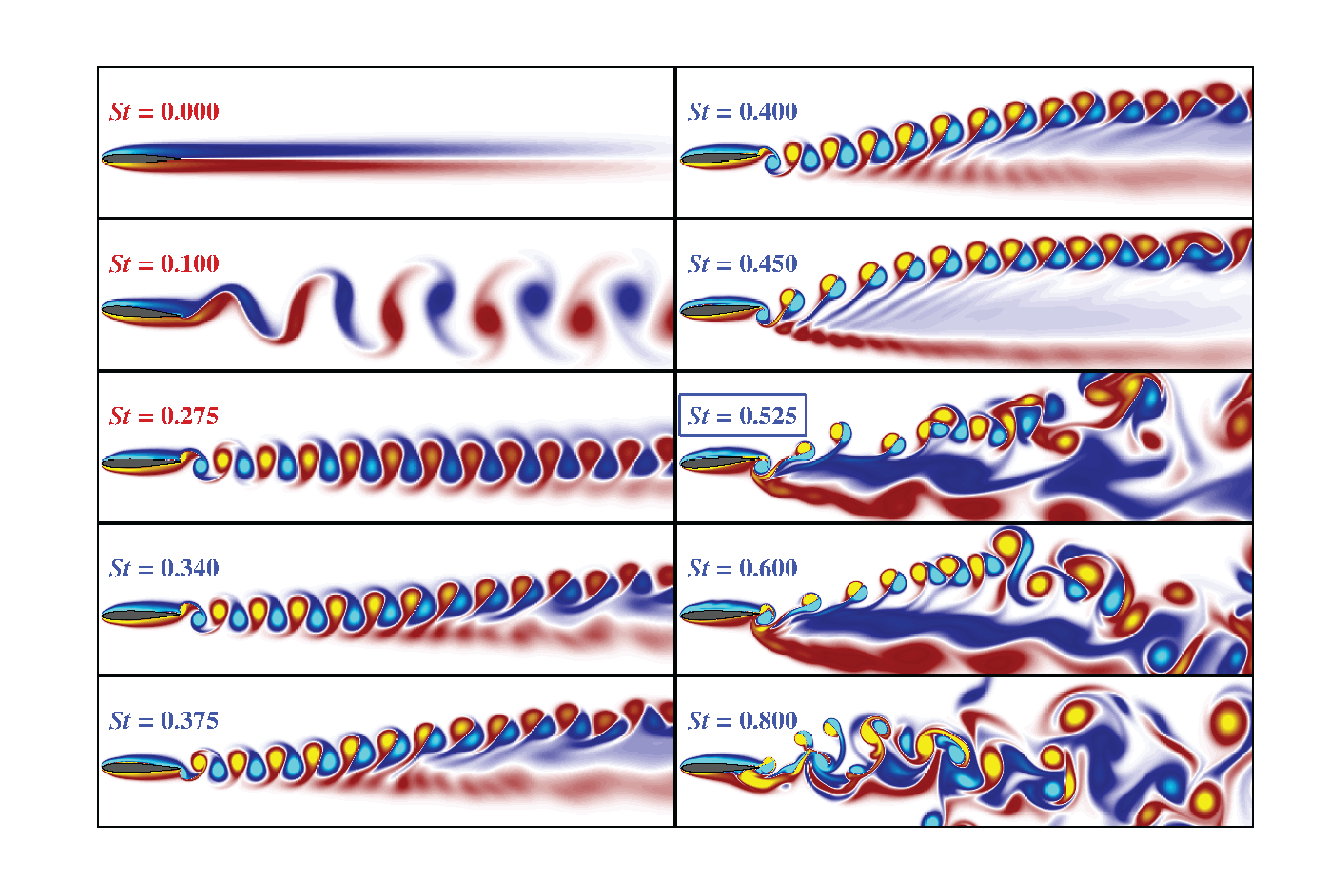


Bubbly Turbulent Flow
There has been a lot of recent interest in reducing drag on surfaces using bubbles with potential applications ranging from drag reduction of underwater vehicles to pressure drop reduction in liquid pipelines. This includes primarily two broad methods, one utilizing “textured hydrophobic” surfaces, and the other more classical approach is to inject small bubbles from the surface into the flow. We have done work related to both approaches as detailed below.
High speed flows & Turbomachinery
We have been studying high-speed (transonic/supersonic) flows with shocks focusing on the unsteady aspects of these flows. Some of the main projects in this area are:
- Shock Boundary layer interactions over a forward-facing step
- Transonic Flutter of aero-engine compressor blades
- Jet in supersonic cross-flow
- Stall in high-speed centrifugal compressors


